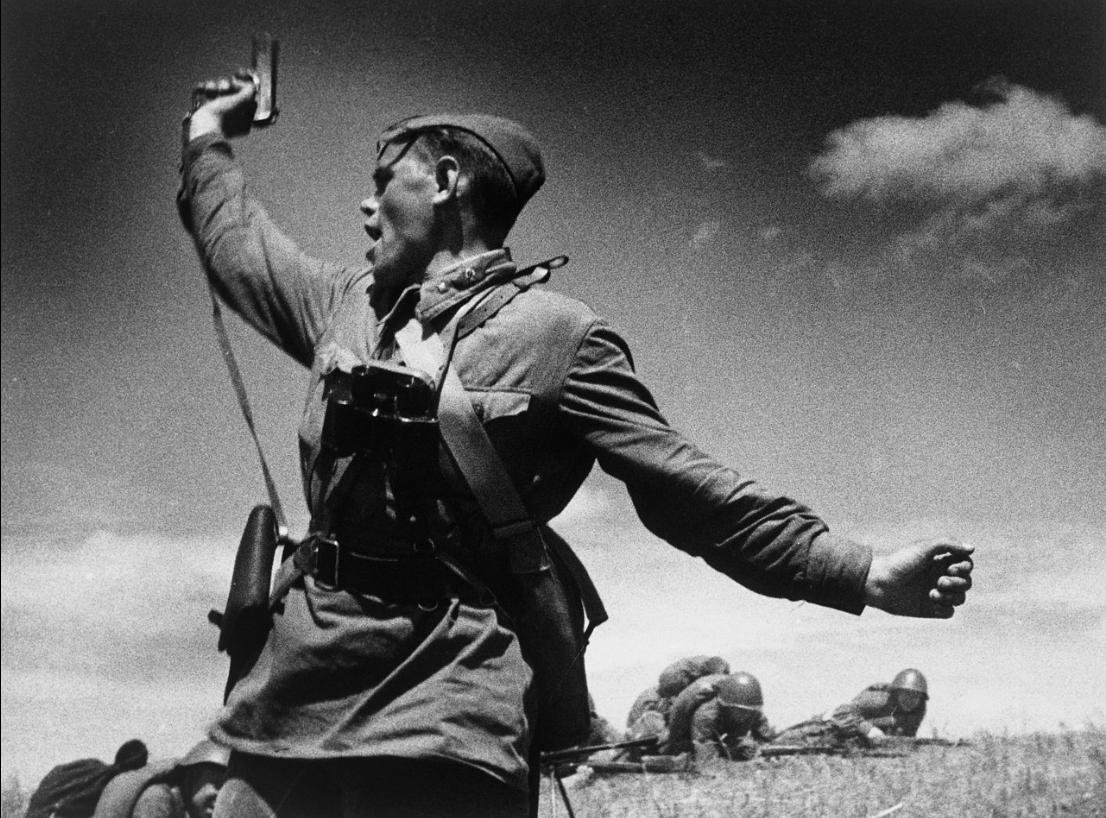Today, the world has become interconnected due to various tools technological advances provide. Despite drastically increasing the societal quality of life, they also contributed to the world’s instability and complexity. The modern world can hence be categorized as VUCA – volatile, uncertain, complex, and ambiguous. Volatility is synonymous with an unstable change; uncertainty stands for lack of confidence during assessment; complexity refers to the interconnection of various peculiarities; ambiguity describes a lack of understanding. To deal with these factors constantly influencing the environment, leaders must adapt to the new reality and look at the situation from different angles.
Transformational leaders generally focus on subordinates, invoke personal changes, and ultimately “transform” them, which then reflects on the team’s performance. The leader’s influence on other team members is idealized – his example motivates them, challenges them, and urges personal and professional improvement. In particular, transformational leaders’ communicativeness and genuine empathy allow them to identify their subordinates’ potential and talent, expand creativity and foster personal growth. It often results in close bonding between the leader and other team members. Moreover, without such a bond, this leadership style will fail to cause any impact. Thus, to be attractive and serve as an example, transformational leaders must possess specific leadership traits, such as charisma, courage, high initiative, credibility, and reasoning.

In a role of a transformational leader, I see myself as the Kombat shown in the picture. In many ways, the VUCA world can be figuratively compared to war. War is volatile; the situation in a direct fight is prone to rapid changes. War is uncertain; it is genuinely different to set the right priorities. War is complex; it involves an enormous amount of factors of different weights. War is ambiguous; the most logical result often does not come to life.
Nevertheless, Kombat in the picture stands firm, and while he might have doubts, he never shows them. He possesses all the qualities a transformational leader requires. Moreover, he knows that volatility also applies to his enemies. He decided to rally for an attack despite his uncertainty – a task that leaders must be capable of. In this decision, he considered the surrounding factors, such as, for example, the general attack plan and allies’ readiness. Finally, he dealt with the ambiguity by creating the context that would enable the emergence of desired outcomes. This is why I see my leadership patterns as being greatly similar.
References
Barner, C. (2012). Social media and communication. Sage.
Brownlie, D. (2012). Andragogy. Web.
Cummings, J. N., Butler, B., & Kraut, R. (2014). The quality of online social relationships. Communications of the ACM, 45(7), 103–108.